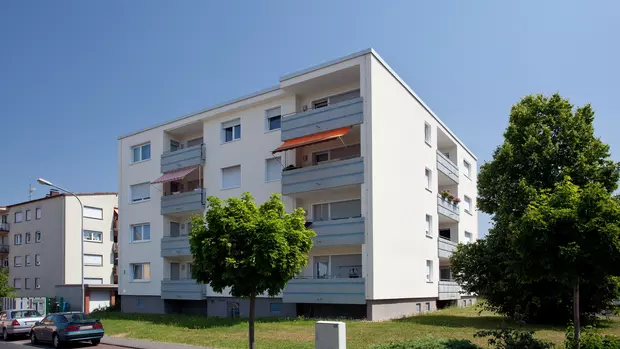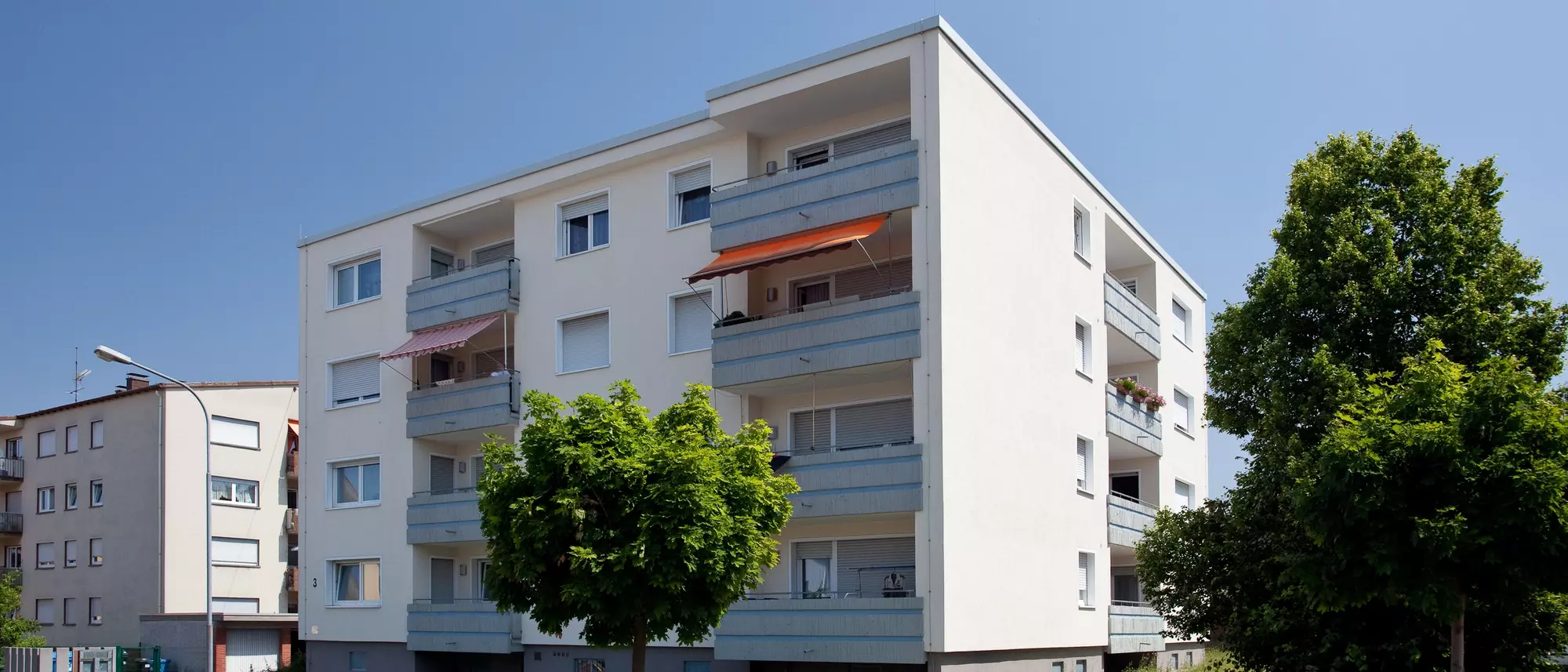
Gießen/Pohlheim. Ralf Irmler from the Horlofftal eG housing cooperative in Hungen is convinced that "efficient and centralised local energy generation will play a decisive role in the energy transition". Work on one of the cooperative's housing construction projects in Pohlheim will begin at the end of this week. There, the Horlofftal housing association has commissioned Stadtwerke Giessen with the central energy supply for five residential buildings with a total of 75 flats in Leipziger Strasse and Asterweg. "We will replace the old heating systems in each individual building with a single shared energy centre with a natural gas boiler and a combined heat and power unit. This should realise energy savings of at least 30 percent," says energy consultant Thimo Rieger from SWG.
A heat pipe, the construction of which will begin this Friday, will enable the energy centre to supply all the other houses with heat from one building. The electricity produced on the side will be fed into the general power grid. The efficient generation of heating energy on site and the dual utilisation of the energy source used for heat and electricity generation at the same time avoids unnecessary CO2 emissions and thus protects the environment and climate. The fact that two of the buildings are also being refurbished in terms of energy efficiency will result in additional energy savings.
Work on the energy systems should be completed by the beginning of 2012. The new energy centre, which will be monitored around the clock by employees from the SWG network control centre in Giessen, can then go into operation. "After careful consideration, we decided in favour of Stadtwerke Giessen as our partner," says Ralf Irmler. "In the end, what counted most for us was their professional and entrepreneurial reliability." Stadtwerke had already successfully realised a whole series of similar projects. In addition, the housing association had a partner from the region that was already known as a reliable and fair energy supplier. This creates the necessary basis of trust for a project of this size. After all, the combined heat and power plant has to work absolutely reliably in order to generate around 250,000 kilowatt hours of heat and 140,000 kilowatt hours of electricity per year as planned.

